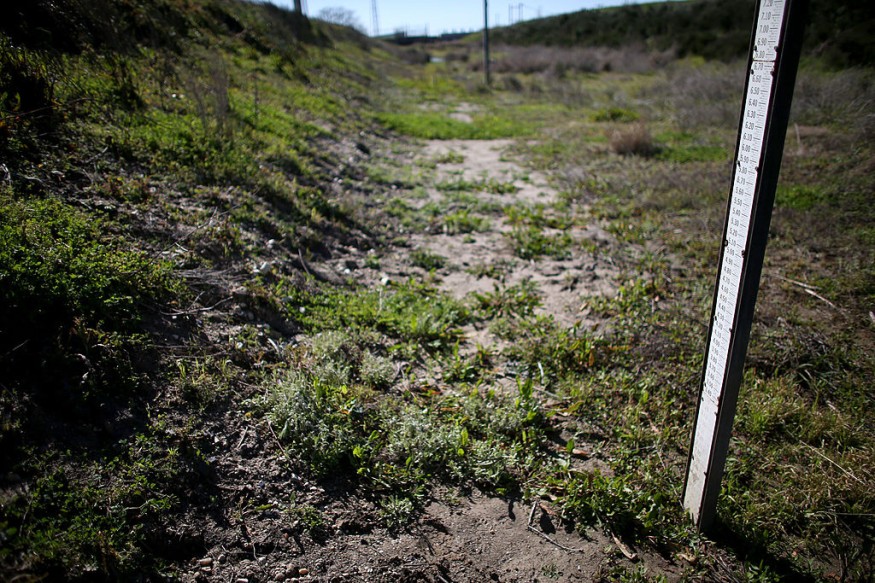A water crisis due to drought has affected both Northern Mexico and Southern Texas, according to emerging reports as of Tuesday, August 16.
The crisis was initially prevalent in the Mexico border and has currently spread to the also drought-stricken Texas border areas.
Now, authorities are reportedly "praying for a hurricane" as reservoirs in the area is losing its once abundant water supply.
Northern Mexico's water shortage has spilled into Texas, leading to the drying out of the US state's two bi-national reservoirs of the Rio Grande River, where millions of residents and people in the agriculture industry rely on.
The North American river is essential water source for both the southwestern United States and northern Mexico.
The ongoing drought in Northern Mexico has left millions of its residents with barely enough water supply.
The extreme weather event comes as temperatures over 100 degrees Fahrenheit and heat waves transpired over the region.
This comes as a number of reservoirs serving a particular area has been completely depleted, even if Mexico is currently on its rainy season which transpired from May to September.
Meanwhile, the ongoing summer season in the US has likely contributed to the Texas water crisis, which has affected hundreds of thousands of American residents.
In recent years, the water shortage in Texas has been attributed to extreme climate events.
In fact, previous research this year indicated that a persistent drought due to climate change will continue in the North America's southwest in the coming years.
Drought-Driven Water Crisis

Two reservoirs, such as the Lake Falcon, is only 9% full while the Amistad reservoir is only less than 33% full, prompting nearby communities to scramble for water resources, according to Inside Climate News in collaboration with The Texas Observer.
Last week, two of the most populous counties of Texas issued its own disaster declarations.
Local authorities estimate current supplies will run dry in March 2023 if heavy rain does not occur, mainly affecting around 3 million people living along both sides of the Rio Grande.
According to Jim Darling, the former mayor of McAllen, Texas, they are praying for a hurricane to come in the region, as cited by Inside Climate News.
Meanwhile, ranchers have also been reported to seek for rain as the drought placed additional pressure on various industries, especially the agriculture sector.
Texas Water Shortage
Texas ranks as the second largest state in the country.
However, it is also one of the most hard-hit areas when it comes to extreme weather phenomenon like drought, extreme heat, and wildfires.
Over the past years, "recurring climate disruptions" combined with an increasing population and economic growth, are reshaping the Texas' vulnerability to natural hazards and the ability of the state government to adjust, according to earth.org.
In July, anecdotal evidence and media reporting suggests the city of Monterrey in northern Mexico is one of the most affected locations, where drought and extreme heat has left roughly 5 million residents with almost no water to utilize, according to the National Public Radio (NPR), a non-profit media organization.
Related Article: Drought in Western US Could Last Until 2030 Due to Climate Change
© 2026 NatureWorldNews.com All rights reserved. Do not reproduce without permission.





